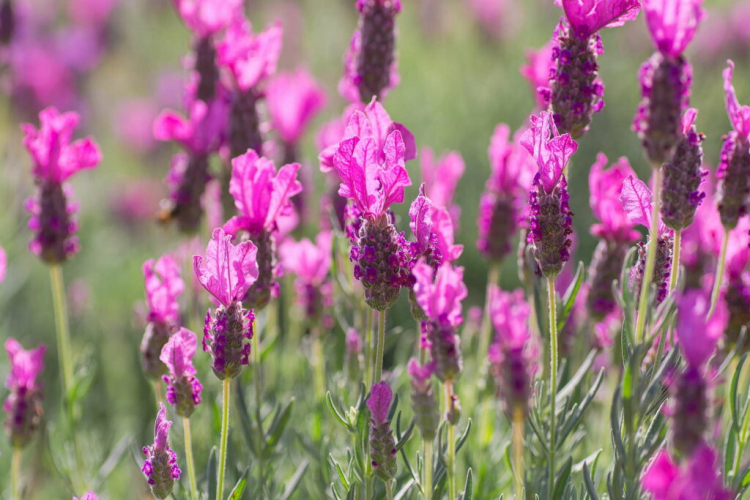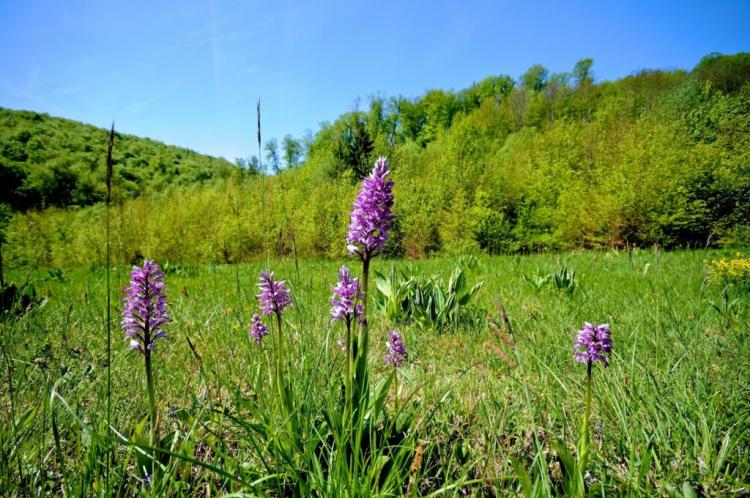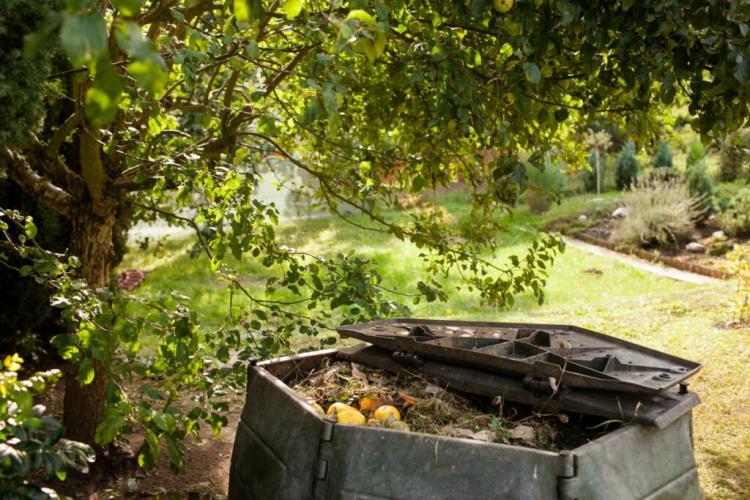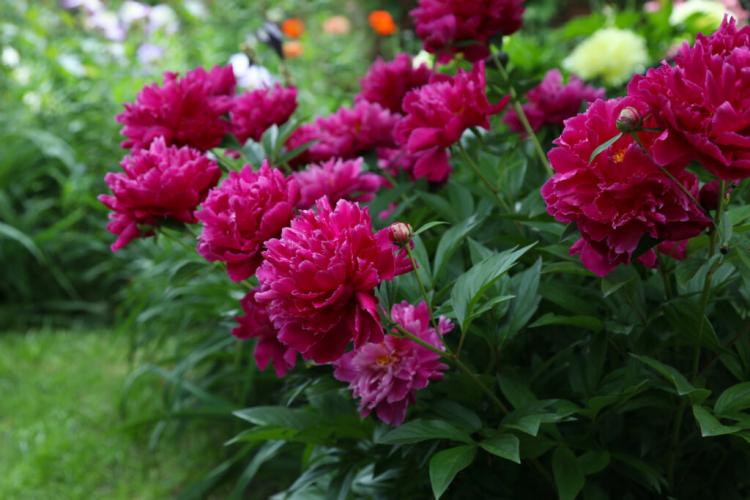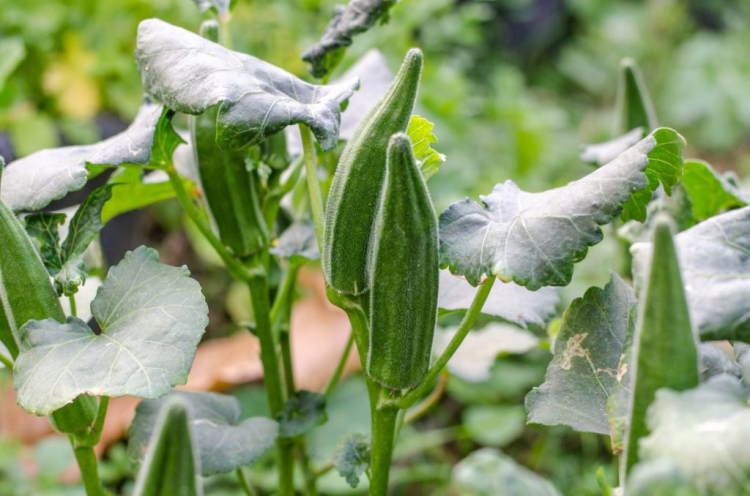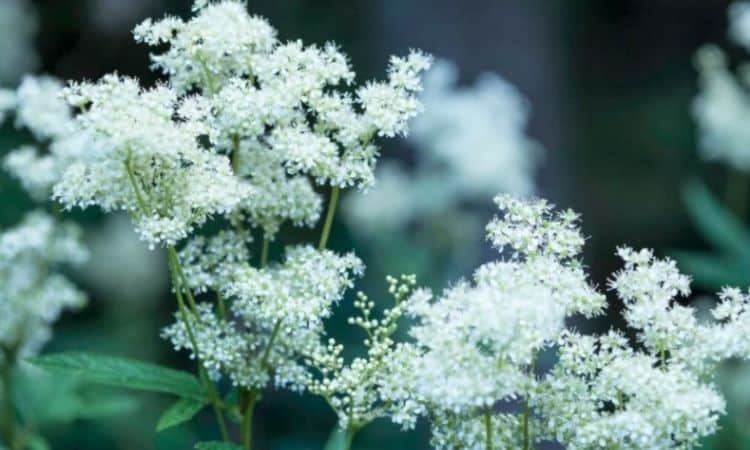How To Grow Yams And Get Great Yields?
October is a happy time for me to dig out the yams. It is an incomparable pleasure to dig out from the ground huge, more than 2 kg of tubers (strictly speaking, no tubers, and thickening of the root), or pull out a bush with hanging on it flat, one to one, spindle-shaped, with two sausages the size of roots. Long digging is also very interesting, this is a fascinating quest. I will tell you about the intricacies of growing sweet potatoes, as well as about the recommendations of battery experimenters from different regions in the article.
Growth peculiarities
Growing different varieties of sweet potatoes for the third season and communicating with sweet potato enthusiasts, I found some peculiarities specific to this culture. By using inorganic mulching materials, the tubers of yam obtained more weight. This way, more moisture is preserved, and most importantly, the material does not allow the stems to take root when it comes into contact with the soil.
This plant has such habits, especially noticeable when growing under grass mulch: take root somewhere with a stem, and, thickening the new roots, forms additional tubers.
Last year, I tried to grow some of the potatoes on bare (not mulch grass) land, no matter how much I think about the environment. I had high hopes that the dry topsoil would prevent the yam from taking root. It happened for some time. But yam is a sly one, and two months later, it plucked its stems lushly growing in all directions and began to take root in all possible places.

This year, in one area, she ground the sweet potato with grass and got a lot of additional small tubers. On the elevated bed, I slipped stack times under the stems, preventing the stems from touching the ground. There were almost no trifles there.
In regions with a lower standing sun, the raising of the stalks of yam on the support proved to be very good – the ground stays open and warms up better, and the leaves get maximum light. In most varieties, the stems are a meter longer and longer, abundant. Beteta can create a solid green (or burgundy green) wall. Very decorative, by the way.
Elevated beds, traditional for the Far Eastern region with the August typhoon rains, also well-proven. The earth on them warms up well, extra moisture, not needing a yam at the end of the season, does not stagnate. By the way, it is quite drought-resistant at all: I watered it three times on a bare bed, for each bush separately, on a pounded and raised one – I didn’t water it at all. Summer is hot and dry; a month without rain is normal. True, the soil is clayey and well retains moisture.
Features of nutrition and tuber growth
Yam, which accumulates a lot of potassium, potassium he likes as a fertilizer. In my case, the fertilizer is ash, which is a lot, grass mulch, which is also quite enough, and the original nutritious clay soil.
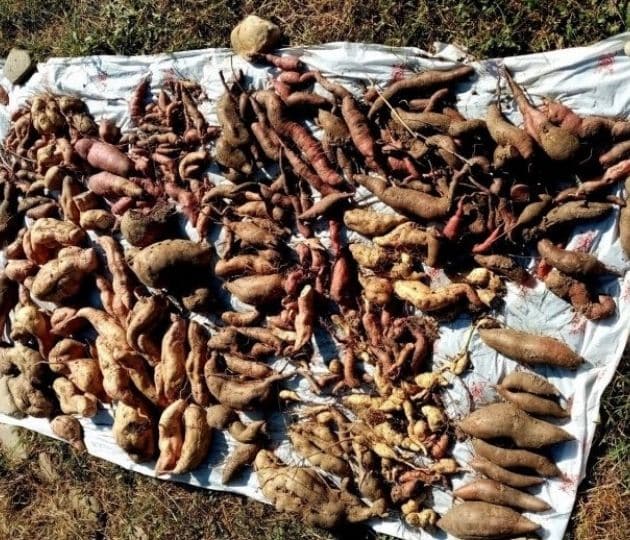 Excess nitrogen yam absolutely nothing: in its presence, the plants begin to grow perfectly long branched thick stems with buggy leaves, spitting to thicken the roots. My friends, owners of cows, get tubers shallower than those that grow at me. But there are a lot of loaves for cows, so the milk becomes fattier and more delicious. So they are not offended. And cows are all the more so.
Excess nitrogen yam absolutely nothing: in its presence, the plants begin to grow perfectly long branched thick stems with buggy leaves, spitting to thicken the roots. My friends, owners of cows, get tubers shallower than those that grow at me. But there are a lot of loaves for cows, so the milk becomes fattier and more delicious. So they are not offended. And cows are all the more so.
The structure of the soil plays an important role in the cultivation of yam. I have the largest tubers in the bed, 60% of which were overburdened sawdust. Probably, it was comfortable to grow there, the battens were healthy and even, one was 2.1 kg, the other was 1.3 kg, and five pieces were about three hundred grams.
 Most of this year grew on a plot with heavy clay, which even three-year-old mulching with a large volume of grass has not yet made acceptable. Of course, I would like to see the yam like a potato grow in the top layer, relatively loose. But yam doesn’t look for easy ways and is drilled into the lower layers of clay with a persistence worthy of better use. Digging out the ball is not easy, the sweet potatoes do not always sit in place.
Most of this year grew on a plot with heavy clay, which even three-year-old mulching with a large volume of grass has not yet made acceptable. Of course, I would like to see the yam like a potato grow in the top layer, relatively loose. But yam doesn’t look for easy ways and is drilled into the lower layers of clay with a persistence worthy of better use. Digging out the ball is not easy, the sweet potatoes do not always sit in place.
I did not like the archaeological excavations in heavy clay.
Moreover, it is not easy for them to grow there themselves, and the deeply buried ones are characterized by special snagging. Some tubers can’t even be put in a bucket, they are so dashingly twisted. However, such tubers are most often broken.
In previous years, I grew sweet potatoes in seedbeds with loose soil, consisting of leaves, grass, earth covered with mole, sand. It was easy to dig out, just picking up with my hands. This season required more space due to the increase in the number of varieties. It did not turn out well. In general, heavy clay is only allowed for yam in the south. In other places, it does not get warm.
How to protect against pests?
When growing any crop you have to drive away from the desired harvest wishing to feed, and yam is no exception.
The Colorado potato beetle with its addiction to solanine does not eat it. On the other hand, tasty juicy leaves and stems have tasted slugs and snails. They are not able to inflict tangible damage to the beetle – it grows too fast and spreads widely. But the leaves with holes look unpleasant. The efficient sprinkling of the contour with sleeping coffee does not work for me yet – I can’t drink so much coffee! The daily production goes to protect the cabbage.
The wireworm also liked the yam. Again, he will not eat much. Pre-seeding of the area with white mustard and filling of dry mustard into a hole at landing can help. I had a perfectly clean sweet potato last year in the area where buckwheat had grown before that.
But the most important competitors in the fight for the tubers are mice. In the past years, growing sweet potatoes in seedbeds with an isolated bottom (when the seedbed was formed, furniture cardboard was laid on the bottom from perennial weeds), I did not know such a scourge. This season, all mice from the neighborhood gathered at the yam site. Even our dog started to catch them (probably, out of sports interest).
The mice are more decent than wireworms: having reached one (as a rule, the largest and sweetest) tuber, they eat everything to the skin without being distracted by the neighboring ones. That’s where they are, happy and weary to immobility, and catches the dog. He plays with them and then strangles them. Hopefully, at the same time, a kitten will teach them. In the meantime, I had to sow a black root on the sprouts – I will plant it at the corners of the battery.
In the fight against mice on the tulip area, I was helped by red ground pepper: when planting I sprinkled it around the bulbs. In this place the tulips are intact. Where not sprinkled, they were eaten. I did not test them on the battery.
Yam breeders, from whom I acquire new varieties, are the owners of a completely wonderful cat-mouse, which since mid-summer is already beginning to teach its kittens (which brings annually in spring) to catch mice. Family in a row.
Voles and hamsters also like yam as much as mice, it’s good that I don’t have them.
Now, the sweet potato will warm up for a few days in the sun and you can put it away for storage. And then comes a happy time to enjoy its taste

